10 Best Plants That Attract Butterflies
Want more butterflies in the garden? This list of the ten best plants that attract butterflies is here to help!
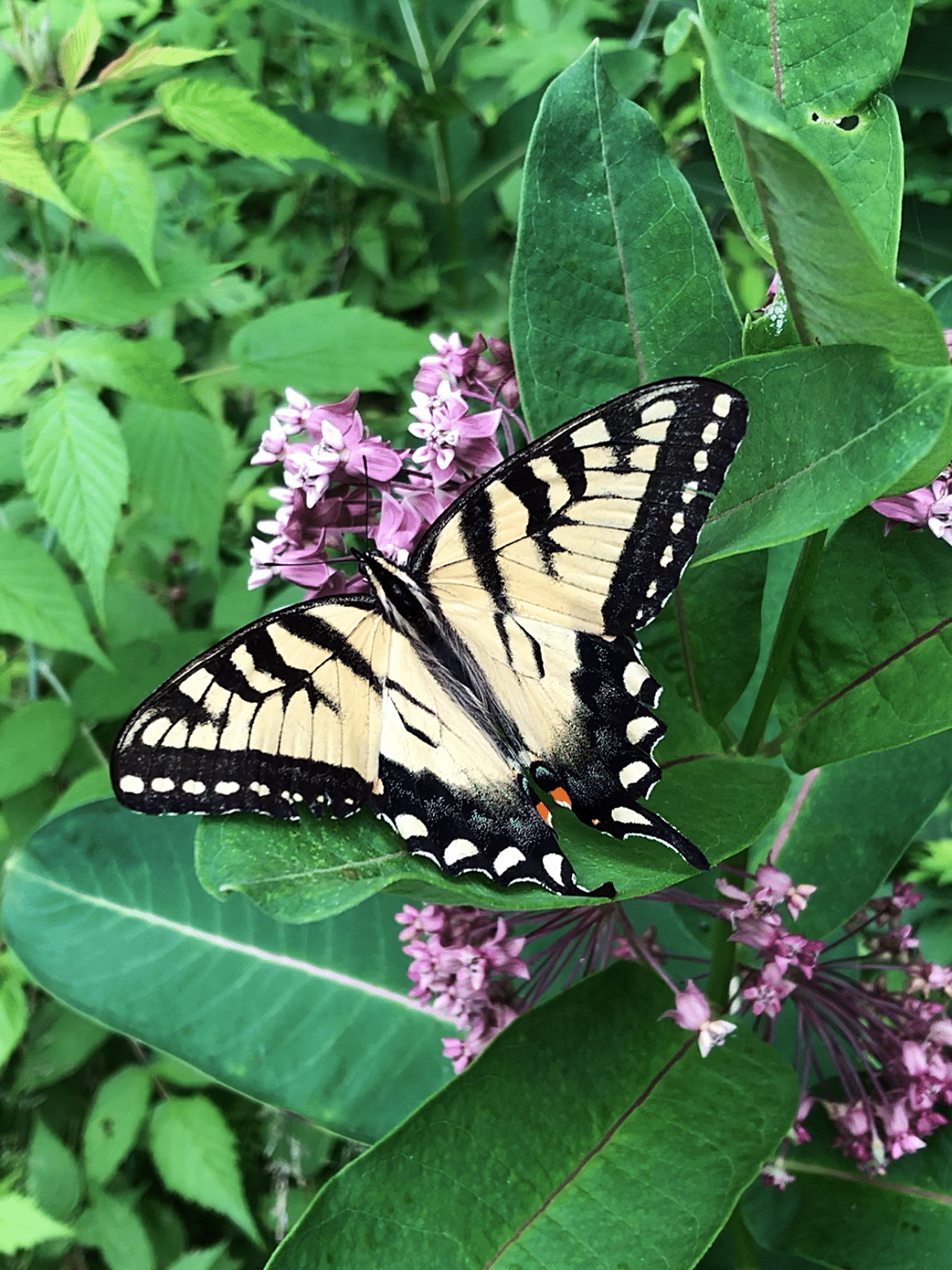
Coffee By Design | Portland, Maine
Photo Credit : Katherine KeenanOne of summer’s small pleasures is watching butterflies bounce from flower to flower in the garden – especially if the garden has been designed just for them and packed with plants that attract butterflies and other native pollinators.
There are two ways to develop a butterfly-friendly garden: the nectar-rich gardener’s plot, designed to lure butterflies, and the larval food garden, designed to satisfy hungry caterpillars.
Most butterflies will travel great distances to lay eggs on their favorite plants, so larval food plants (like milkweed) have the advantage of attracting the species you want to see. For this list of the ten best plants that attract butterflies, we’ve chosen primarily nectar food sources.
10 Best Plants That Attract Butterflies
Milkweed
The swamp milkweed functions both as a nectar plant and as the monarch butterfly’s larval host. Its purple-white blossoms smell heavenly in early summer, and hungry monarch caterpillars munch the leaves well into early fall.
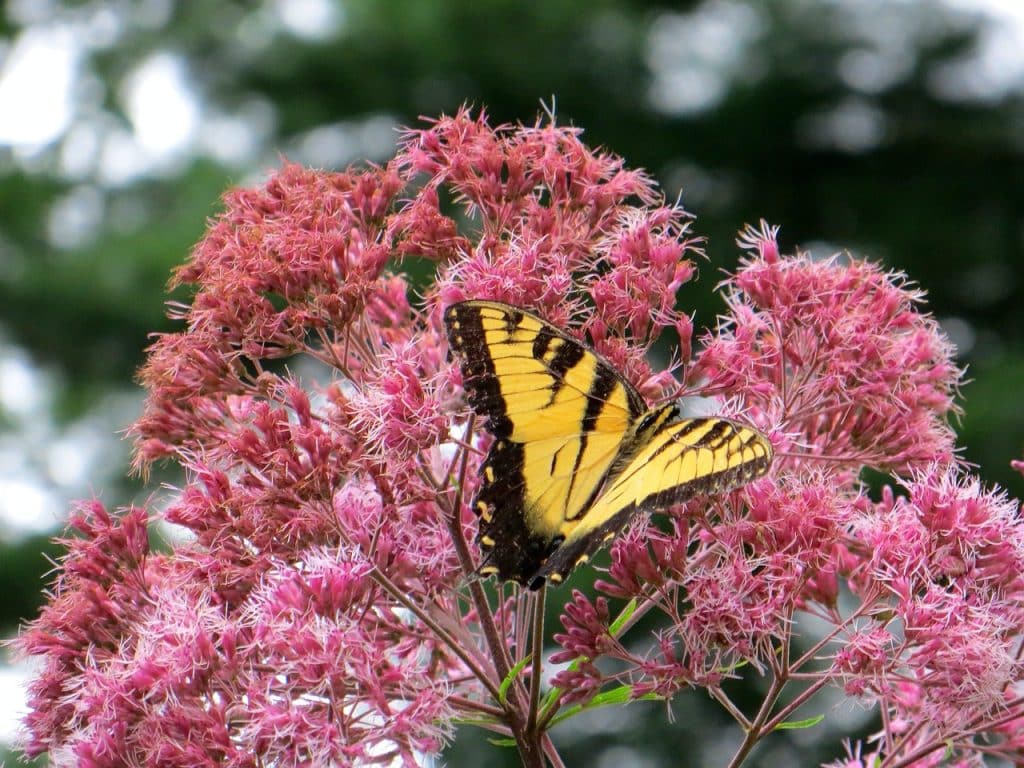
Photo Credit : Pixabay
Joe-Pye Weed
Looking like something out of a Dr. Seuss book, this eye-catching late-season local attracts swallowtails, fritillaries, dusky wings, and skippers.
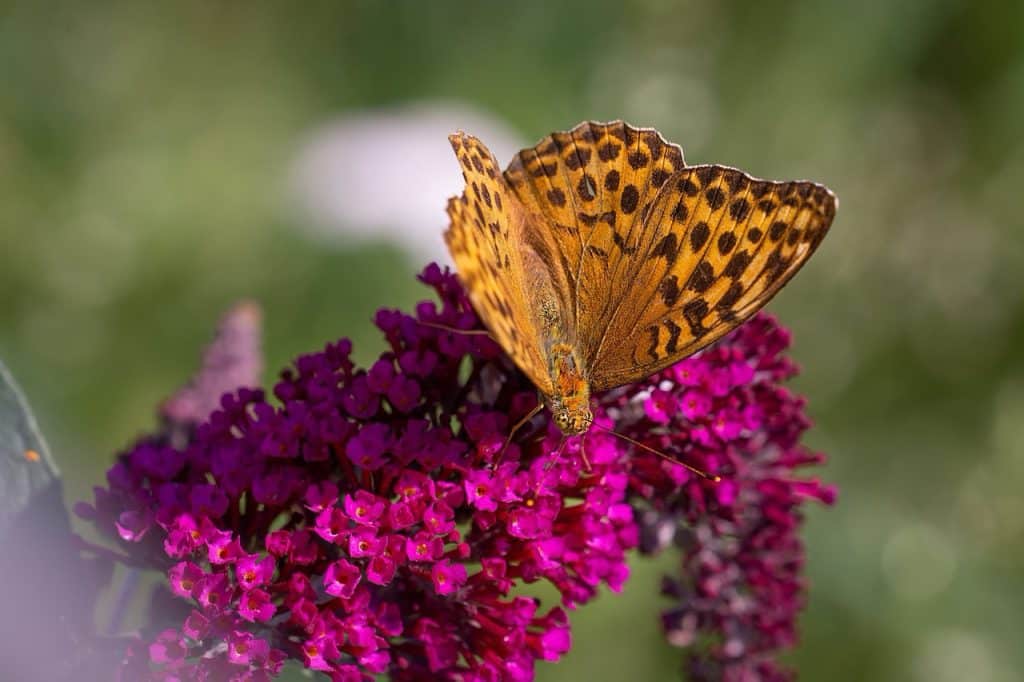
Photo Credit : Pixabay
Buddleia or Butterfly Bush
Though not native to North America, this perfumed shrub is easy to grow. It produces cascades of colorful blooms from mid- to late-summer.
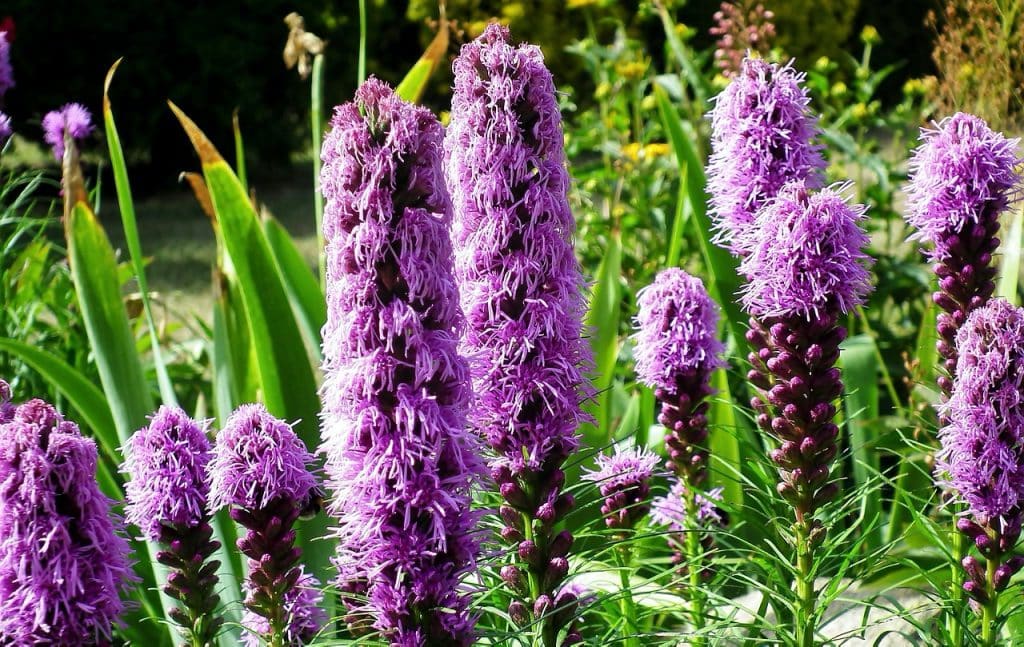
Photo Credit : Pixabay
Blazing Star
Colored like the invasive loosestrife blazing star is benign and manageable, a choice midseason libation for many butterfly species. Some varieties do well in dry sites.
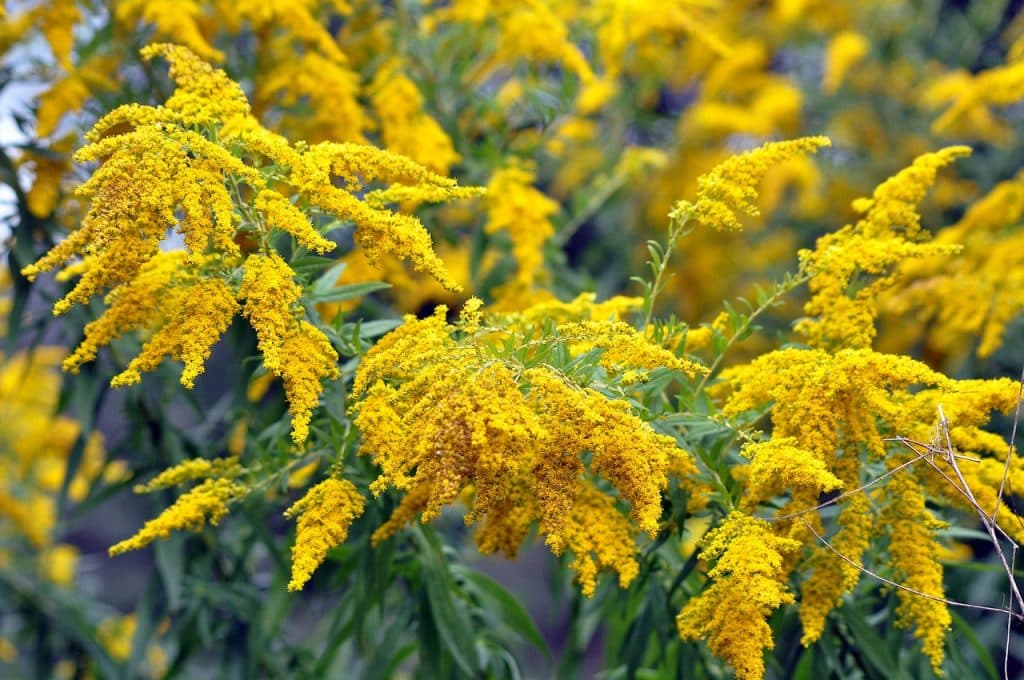
Goldenrod
All types of goldenrod are an excellent late-season food source patronized by bees as well as butterflies, but old field goldenrod is the most common. Its mustard-gold blossoms add bold color to the summer landscape.
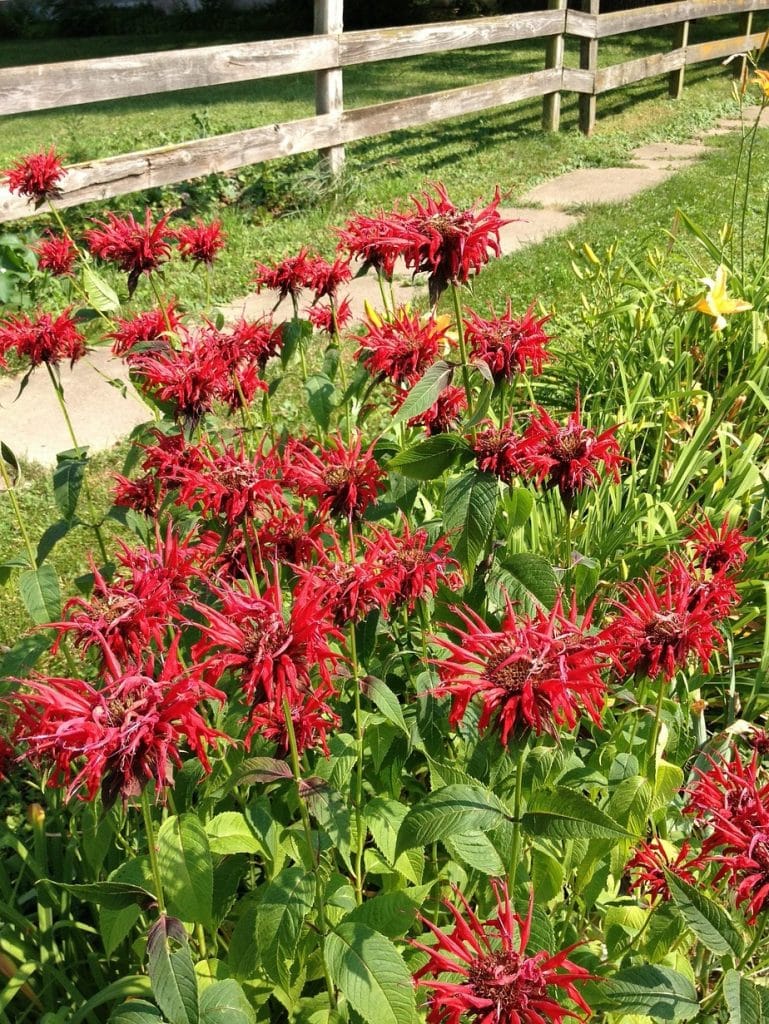
Photo Credit : Pixabay
Bee Balm
Fritillaries like this one, and it may draw hummingbirds as well. The lavender form (wild bee balm) is more reliable than the red (wild bergamot).
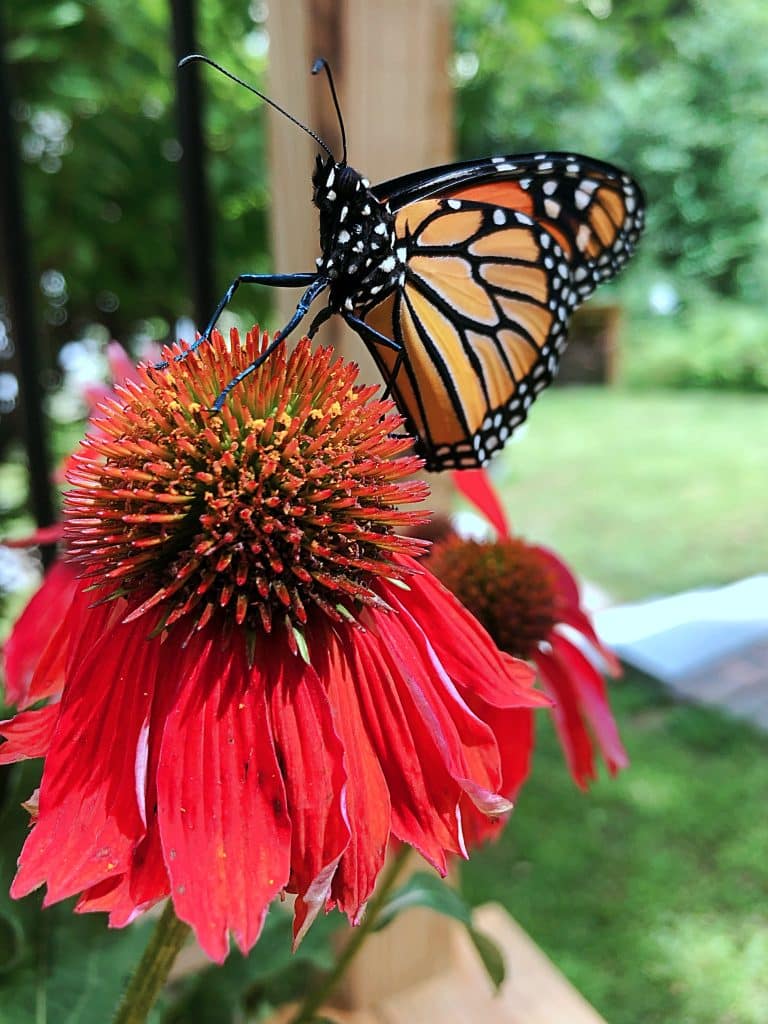
Photo Credit : Aimee Tucker
Coneflower
In addition to the popular black-eyed Susan, the nectar-producing orange coneflower is especially appealing to monarchs and fritillaries. Purple coneflower works well, too.

Photo Credit : Pixabay
Aster
All asters serve well as plants that attract butterflies to the garden, but the showy New England aster is the prettiest.
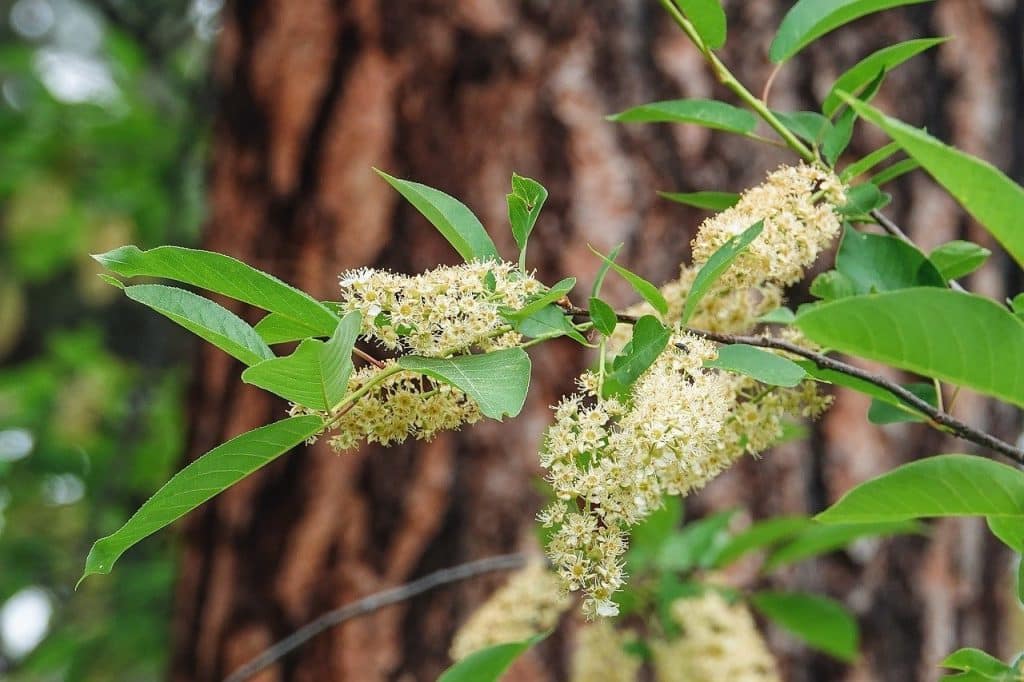
Photo Credit : Pixabay
Sweet Pepperbush or Summersweet
That delicious fragrance in our wetlands in July and August comes from these drooping white bloom stalks of sweet pepperbush, which draw swallowtails and skippers.

Photo Credit : Pixabay
Highbush Blueberry
May blossoms attract early-season butterflies, and have the bonus of fruit in July. Just try to get to the sweet berries before the birds do!
Edited excerpt from “Flutter By: Top-Ten List of Plants That Attract Butterflies” by Marty Carlock (first published in 2003, updated by Yankee Editors in 2023)





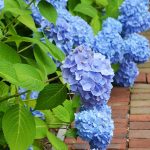

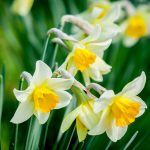
Butterfly Bush is actually a nuance plant and is not a recommended plant for butterfly gardens the seeds can spread far and wide.
Great information! I have 4 of the plants mentioned in my backyard. Every summer the butterflies put on quite a show. My grandchildren love to come to our house and watch them. It is really important for all of us to support nature and biodiversity…and we get beautiful flowers in return. A nice deal. As an arborist I need to mention that any homeowner should make sure nearby trees or limbs won’t provide too much shade for some of these plants. Selected pruning of a few limbs can make all the difference for many summers of successful blooms. Best, Bob Garfield Owner. http://www.ctshorelinetreeservice.com